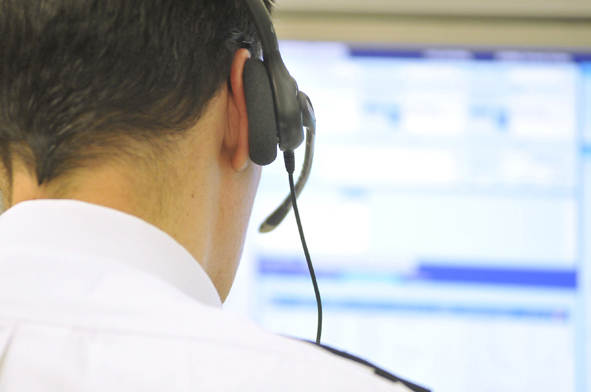Border Force failing to make most of technology and intelligence, says NAO
A National Audit Office (NAO) report into the Border Forces effectiveness and performance within the Home Office warns that it is failing to make the most of its opportunities to use technology. The report, The Border Force: securing the border, pointed out that there were gaps and weaknesses in the Border Forces gathering and use of intelligence, while information and communications technology (ICT) used by its officers is not up to date.

A National Audit Office (NAO) report into the Border Forces effectiveness and performance within the Home Office warns that it is failing to make the most of its opportunities to use technology. The report, The Border Force: securing the border, pointed out that there were gaps and weaknesses in the Border Forces gathering and use of intelligence, while information and communications technology (ICT) used by its officers is not up to date.
The report says the Border Force must use the right intelligence and to communicate this effectively to the front line. Timely intelligence would enable Border Force officers to act more efficiently by identifying those passengers and freight that pose a greater risk to the UK and further afield.
Frontline staff currently use a database called the Warnings Index to check all passengers passports and to ascertain whether the passengers should be detained or questioned by other agencies. The Warnings Index went live in the early 1990s and was designed to have a seven-year lifespan.
It is now unstable and at risk of collapsing, says the report. It also contains a great deal of out-of-date information, which can delay passenger processing if officers need to leave passport control to double-check entries. It will, for example, contain details of somebody being refused entry to the UK but not state whether they have subsequently been granted permission to enter.
Although constrained by external factors, such as airport configuration, the report says the Border Force is not making the most of its opportunities to use technology at the border.
Automatic processing of passengers has the potential to allow frontline staff to be used more efficiently, but the Border Force is not maximising this opportunity. Although the Border Force has been using automatic gates for several years, it is only now planning how to locate these strategically, highlights the report.
There are 63 automated clearance gates (e-gates) at 15 terminals across the country. Greater use of these e-gates could improve passenger processing times and efficiency because they require fewer officers than traditional staffed passport controls, says the report, which adds:
However, they are currently underused because of past reliability problems and passengers reluctance to use them. Also, the Border Force introduced the e-gates without a clear business case setting out how they could contribute to overall staffing levels at the border. Currently, 31 per cent of eligible passengers use such gates; this is an improvement since March 2011, when 22 per cent did so, but still below the Border Forces own target of 50 per cent. In 2013-14, the Border Force will establish a new four-year framework agreement to procure new e-gates and it has now developed a specific strategy to ensure that they are located in the most appropriate ports.
To allow frontline officers to make decisions using more robust intelligence, the Border Force has introduced hubs focusing on intelligence about specific types of passenger and freight traffic. These include the multi-agency National Border Targeting Centre, which scrutinises all passenger and crew data, a freight container intelligence centre for freight arriving in containers and another gathering intelligence about ferries. These hubs are responsible for gathering intelligence and distributing it as risk-based alerts to frontline Border Force officers in ports across the UK. In addition, strategic tasking groups set specific priorities for individual ports to act upon.
In October 2012, the Border Force began a review of its use of intelligence to identify any gaps in using available resources most efficiently. This review will also define more precisely what an intelligence-led organisation should look like and ties in with wider Home Office reviews.
However, there are still gaps in the information about people and goods entering the country the Border Force does not receive advance passenger information about more than a third of passengers arriving


